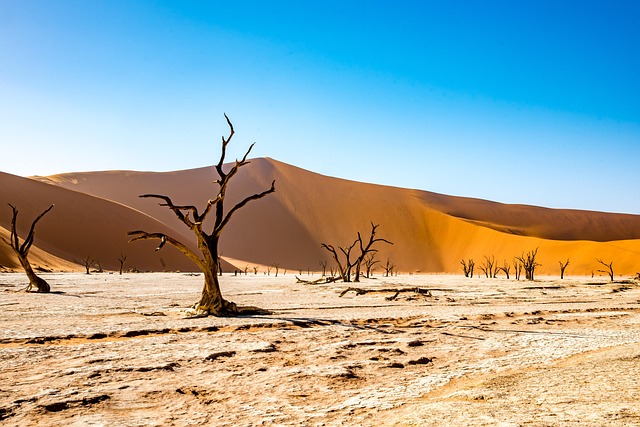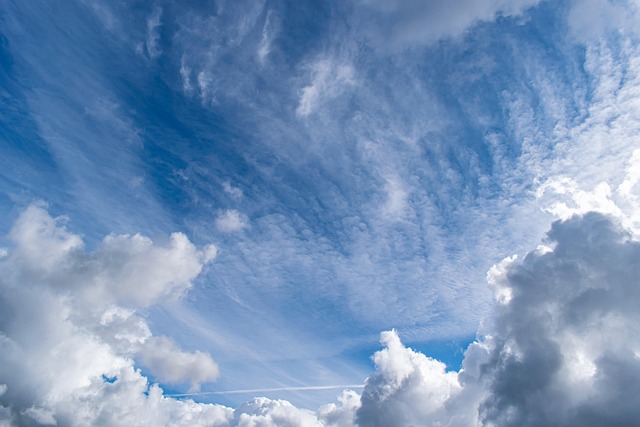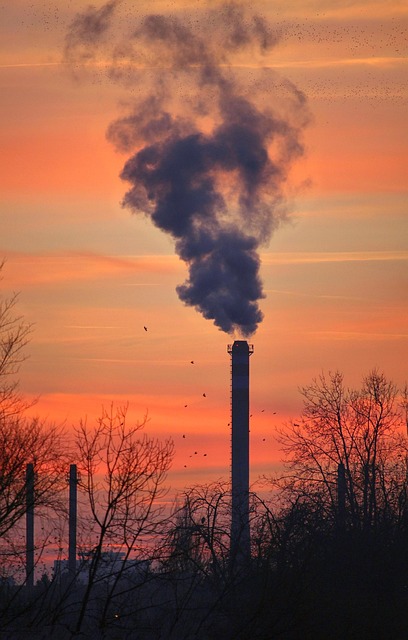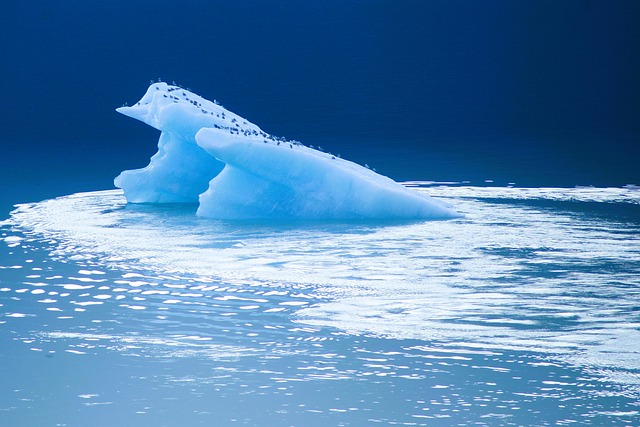
Climate change
Grasping and tackling climate change is essential to the EPA’s goal of safeguarding people’s health and the natural world. The agency monitors and publishes data on greenhouse gas emissions.
It relies on solid scientific research and directs investments across the United States. These efforts are aimed at reducing the impacts of climate change.
Climate change news
From July 29 to 31, leaders in climate and health gathered in Brasília for the Fifth Global Conference on Climate and Health. The three-day landmark event was focused on shaping the future of climate and health strategies ahead of COP30.
Officials from health ministries, philanthropic groups, NGOs, and climate-health specialists came together. Their goal was to advance the global agenda on climate and health policy.
What is climate change?
The atmosphere is shaped by and connected to other elements of our planet, such as oceans, ice sheets (including glaciers and sea ice), land areas, and plant life. These features interact constantly with the air around us.
Together, they form a unified Earth system in which every component affects the others. Their interactions are often complex and closely intertwined.
Climate change definition
Climate change is the greatest challenge of our era, and we stand at a critical crossroads. Altering weather patterns endanger food security and agricultural stability.
Meanwhile, rising sea levels heighten the danger of devastating floods on a massive scale. If strong measures are not taken now, adjusting to these consequences later will become far more difficult and expensive.
Is climate change real?
Radiative forcing can either add to warming or act to cool the Earth’s surface. In other words, it may have a positive or negative effect on global temperatures.
From an energy-budget standpoint, roughly 342 watts of solar energy hit each square meter of the Earth every year. This amount of energy can be linked to increases or decreases in the planet’s surface temperature.
What causes climate change?
Carbon dioxide is the main greenhouse gas driving today’s climate change.It is released into the air by burning fossil fuels, waste, wood, other organic matter, and through industrial processes like making cement.
In nature, carbon dioxide moves in and out of the environment as part of the carbon cycle.This happens through processes such as breathing in plants and animals, volcanic activity, and the exchange between oceans and the atmosphere.
Best climate change
Festival embraced the theme “CommUnity,” a concept that came alive across nine film locations in downtown Nevada City and Grass Valley, neighboring towns in the Sierra Nevada foothills. The event brought the idea to life in vibrant and engaging ways.
The film lineup featured a diverse array of stories highlighting people from various backgrounds. At several screenings, ASL interpreters joined presenters on stage to ensure accessibility.
Effects of climate change
From 2030 to 2050, climate change is projected to result in around 250,000 extra deaths each year, linked to undernutrition, malaria, diarrheal diseases, and heat-related illnesses. The health sector is also expected to face direct economic losses ranging from 2 to 4 billion US dollars annually by 2030.
Nations with fragile healthcare systems, primarily in developing regions, will struggle the most to handle these challenges. Without external support to strengthen preparedness and response, their ability to cope will remain very limited.
Climate change 2025
The local government carried out a series of construction and renovation projects aimed at enhancing the city’s infrastructure using sustainable methods. A new plaza was created around one of the city’s main streets, and improvements were made to the sewage and flood prevention systems.
In January 2025, President Lula named Brazilian diplomat André Corrêa do Lago as the president of the COP. The appointment was welcomed by climate activists in Brazil due to Lago’s experience in leading discussions on climate justice and related initiatives.
Climate change articles
The report explores the physical, social, and psychological effects of heat exposure. It also highlights proven approaches for prevention and risk reduction.
It stresses the importance of workplace heat management plans, joint efforts among stakeholders, and customized measures. These are needed to safeguard at-risk workers, limit losses in output, and promote sustainable growth in a hotter climate.




